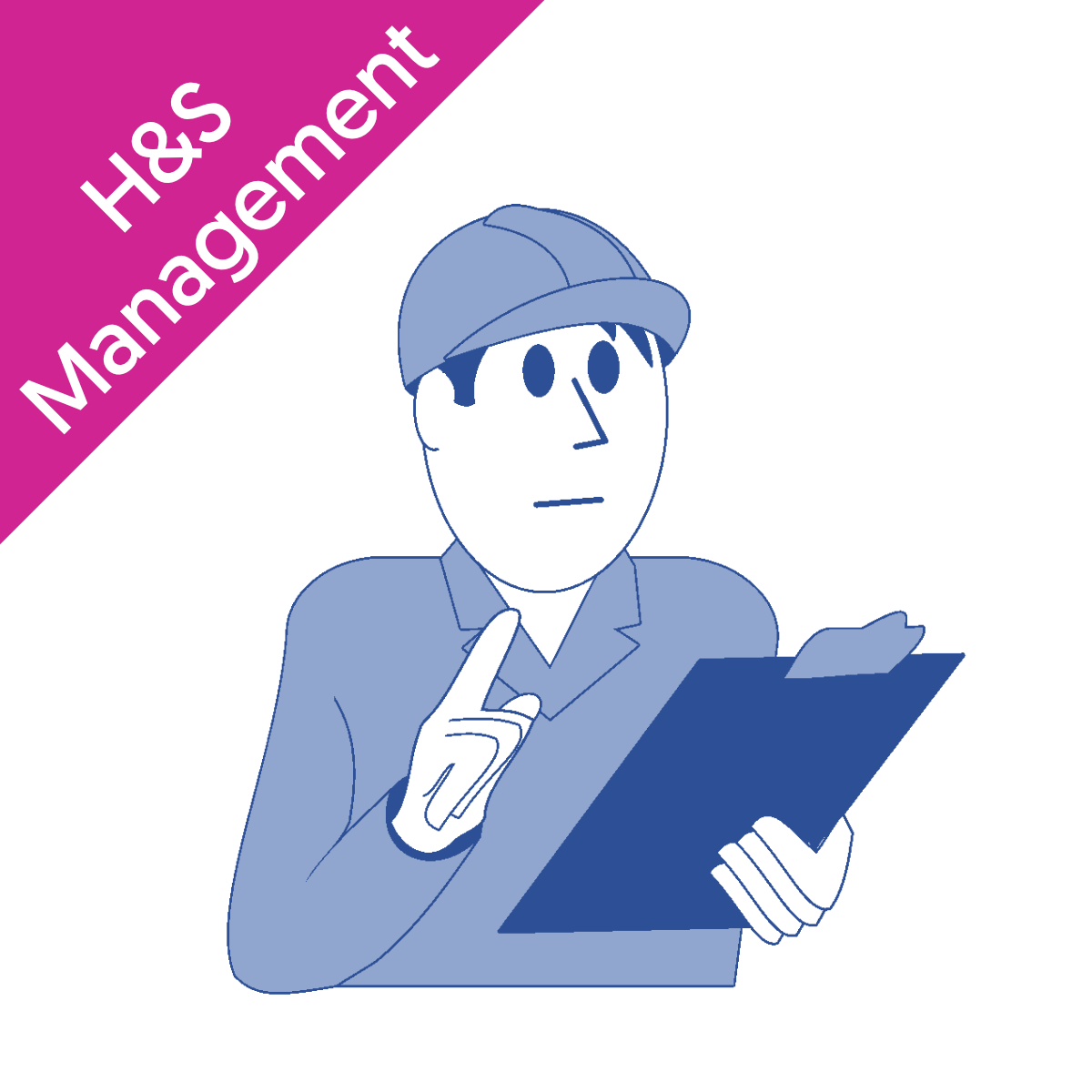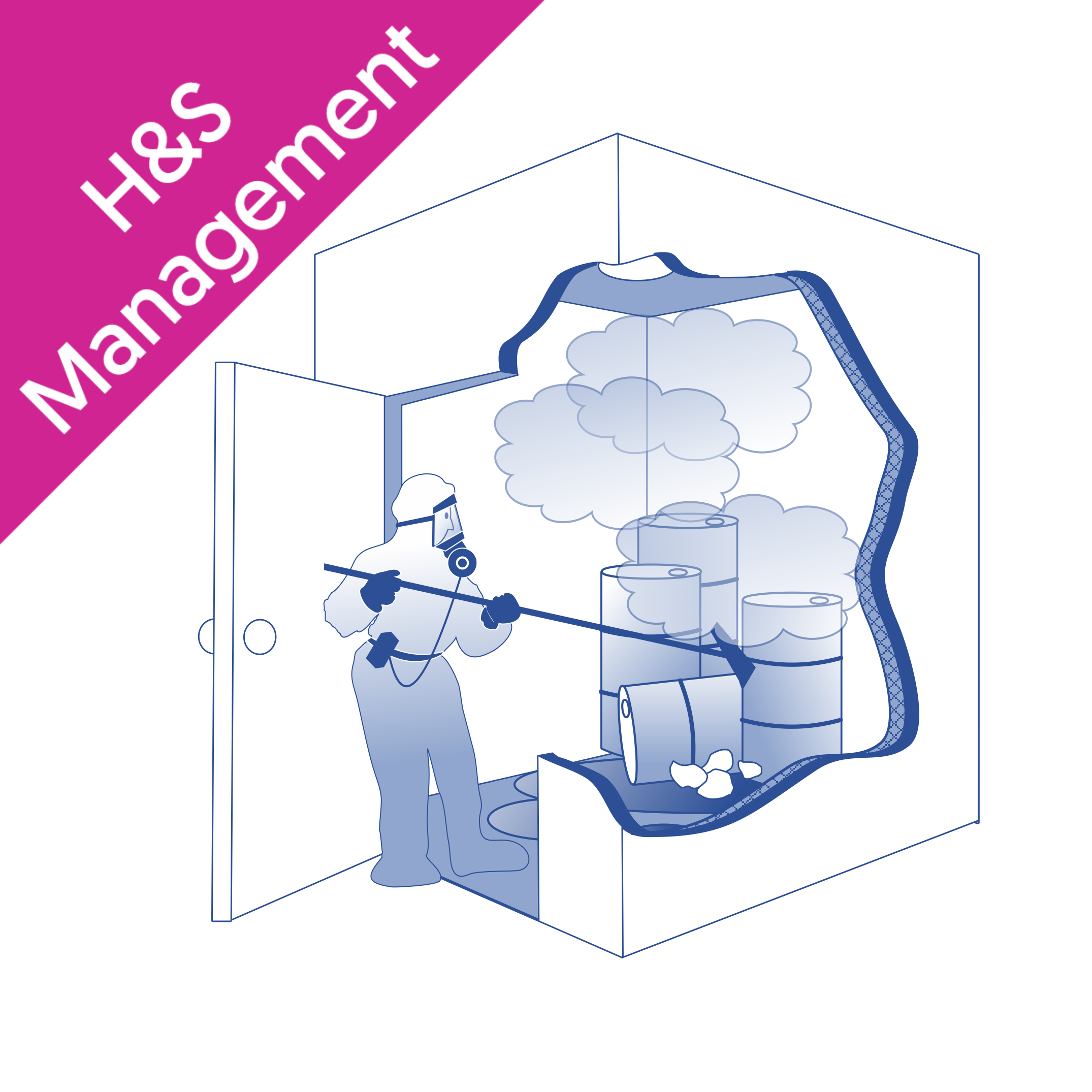COSHH Questions and Answers
What does COSHH stand for?
COSHH stands for the Control of Substances Hazardous to Health Regulations 2002, as amended in 2006.
What is COSHH?
COSHH is a regulation. Workplaces must adhere to these regulations to protect employees from exposure to harmful substances. COSHH plays a significant role in ensuring workplace health and safety by providing guidelines and best practices for handling hazardous materials.
When it comes to understanding COSHH, being familiar with the regulations and implementing proper control measures is essential. See our Knowledge Bank article: Understanding COSHH Regulations 2002 for a breakdown of the regulations that apply to employers.
COSHH is often confused with RIDDOR. RIDDOR is the Reporting of Injuries, Diseases and Dangerous Occurrences Regulations 2013. The focus of COSHH is hazardous substances only, whereas RIDDOR deals with disease and injuries resulting from any workplace hazard.
What is a COSHH assessment?
A COSHH assessment is a risk assessment specifically for hazardous substances. A COSHH assessment will identify hazardous substance control measures to help prevent employee skin diseases, lung diseases and other ill health effects.
What training and certifications should I have to conduct COSHH assessments?
You do not need any specific qualifications, but you must be competent. This means you must have the essential knowledge, skills, and experience to complete the task correctly. You should:
- Understand hazards and risks.
- Understand how the work may expose people to harmful substances.
- Have the capability and clearance to collect all the relevant information.
- Have the information, skills, and experience to make sound decisions about how to manage exposure.
Do I have to record COSHH assessments on a certain form?
No. Risk evaluations vary in complexity, so you can pick whatever works best for you. However, be careful to address the main points:
- identify potential hazards,
- determine potential control measures, and
- test the effectiveness of these measures.
You can download our free COSHH sheet template. We designed the template to help small businesses record the information needed for a basic COSHH assessment.
What is a COSHH data sheet?
A COSHH data sheet is provided by the supplier of the hazardous substance and is useful when conducting a COSHH assessment.
Why is COSHH important and what does COSHH cover?
COSHH covers any substance used in a work environment that may be a health hazard. It is important because work-related diseases cost thousands of workers unnecessary suffering and ill health.
What does COSHH apply to and who is responsible for COSHH?
The COSHH Regulations 2002 require employers to control exposure to any substance that may be hazardous to health. The accountability for health and safety and COSHH lies primarily with employers, but everybody has a responsibility to work safely.
Health and Safety COSHH Training
How long does COSHH training last and how to get a COSHH certificate?
COSHH training covers how to work safely with substances hazardous to health. Certificates are issued after completing the course and there is no official time limit on certificates. We would recommend refreshing knowledge as and when legislation or guidance changes applicable to the COSHH Regulations.
COSHH training covers COSHH assessments, suppliers' data sheet information and how often should a COSHH assessment be reviewed. COSHH assessments should be reviewed after any change in a supplier data sheet, after any incident, or change in the method statement.
How often must COSHH training be completed?
The frequency of COSHH training varies from one organisation to another, there is no legal time limit on COSHH certificates.
However, COSHH training should be completed regularly, with the frequency varying based on organisational needs and changes in hazardous substances used. While there is no specific legal requirement for how often COSHH training must be completed, it should be done whenever there are significant changes in the work environment or substances being handled. Regular refresher sessions can help ensure that employees are up to date with safe practices and regulations.
COSHH Questions - What is covered by COSHH?
Is asbestos covered by COSHH?
Asbestos is a substance that can cause harm to health, including lung diseases. But is not covered by COSHH. Asbestos is so hazardous that it has its own set of regulations. Radioactive substances are not covered by COSHH but are also covered by specific regulations. Another example of a substance that is hazardous to health and not covered by COSHH is Lead.
Is bleach covered by COSHH?
Bleach is covered by COSHH as it can be hazardous to health if not used properly.
Is dust covered by COSHH?
Dust is also covered by COSHH, especially if it contains harmful particles that may pose a health risk when inhaled.
Under the 2006 amendments to the COSHH Regulations 2002, the HSE has assigned Workplace Exposure Limits (WELs) to a large number of hazardous substances. HSE publishes any updates in a publication called 'Occupational Exposure Limits' EH40. Bleach and many other chemicals are included in the list and most dusts are also classified.
How do I know if a substance is covered by COSHH?
Since 2002 employers have been bound by the COSHH regulations, to look at any substance used or produced at work and decide if it is harmful to health. Suppliers of any substance harmful to health must provide COSHH data sheets to help employers assess the risk.
If a cloud of dust is produced during the process, for example, a flour mill, then the health effects of inhaling this dust must be assessed.
Is medication covered by COSHH?
If the employer produces medication as part of a process, then it is covered by COSHH. If a medical practitioner has prescribed the medication for individual use then it is not covered by COSHH.
Sometimes health surveillance of workers who may be exposed will be needed. Health surveillance is a system of ongoing health checks. These health checks may be required by law for employees who are exposed to noise or vibration, ionising radiation, solvents, fumes, dust, biological agents and other substances hazardous to health.
Health surveillance is important for:
- detecting ill-health effects at an early stage,
- providing data to help employers evaluate health risks,
- enabling employees to raise concerns about how work affects their health,
- highlighting lapses in workplace control measures, therefore providing invaluable feedback to the risk assessment,
- providing an opportunity to reinforce the training and education of employees.
What is a COSHH file and what are COSHH records?
A COSHH file and COSHH records are the same thing. COSHH assessments (or any risk assessment) must be recorded and kept available for inspection. The information used in the assessment such as supplier data sheets should also be kept in the same file. The assessments should all have scheduled review dates and a set of triggers that would initiate a review before that scheduled.
A COSHH file and records may also contain any health surveillance records, PPE issued and any other records associated with control measures to reduce risk from exposure.
Conclusion
The COSHH regulations play a vital role in ensuring the safety and well-being of workers exposed to hazardous substances in the workplace.
Maintaining accurate COSHH records, including assessments, health surveillance data, PPE issuance records, and other relevant information in a dedicated COSHH file is crucial for compliance and effective risk management. Regular reviews and updates ensure that control measures remain relevant and adequate in safeguarding employee health.
For more information for you or your team, check out our COSHH Awareness course.








